Hydraulic systems play a crucial role in powering and enhancing the performance of various heavy-duty applications, including Tippers, Cranes, Car Carriers, Tanker Trucks and Tractors.
These applications rely on advanced hydraulic technology to ensure efficiency, safety, and reliability in their operations. Explore how optimized hydraulic solutions can improve your equipment’s functionality and productivity.

Pumps: For front cylinders and pressures below 220 bar, it is recommended to install gear pumps. For horizontal cylinders and pressures above 220 bar, it is recommended to use FR bent-axis piston pumps for greater durability. In Scania, the use of a side power take-off with MR80 is common.
Power take-offs: Standard power take-offs are usually installed due to the short work cycles.

Pumps: Gear pumps can be installed for car carrier cranes, as they operate at pressures below 200 bar and with flow rates between 40 l/min and 60 l/min. For moving floors or low loaders, the FR bent-axis piston pump is recommended.
Power take-offs: Standard power take-offs can be installed due to the short work cycles.
Winches: Used in car carrier cranes, equipped with an overcenter valve to regulate the lowering speed.
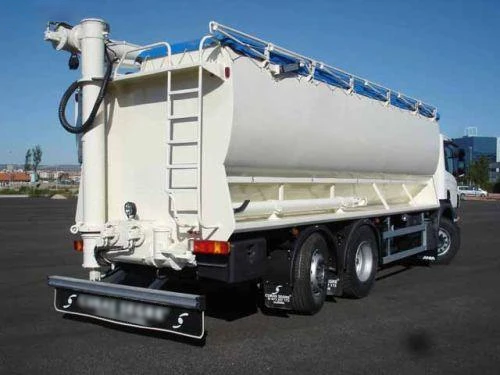
Pumps: Simple vane pumps are usually installed because high flow rates are required to drive the vane motor at high speed.
Hydraulic motor: Vane or piston motors can be installed. These are used to operate the discharge augers at pressures between 150 bar and 200 bar.
Power take-offs: High-performance power take-offs are required due to the installation of high-flow pumps, which operate during long work cycles.
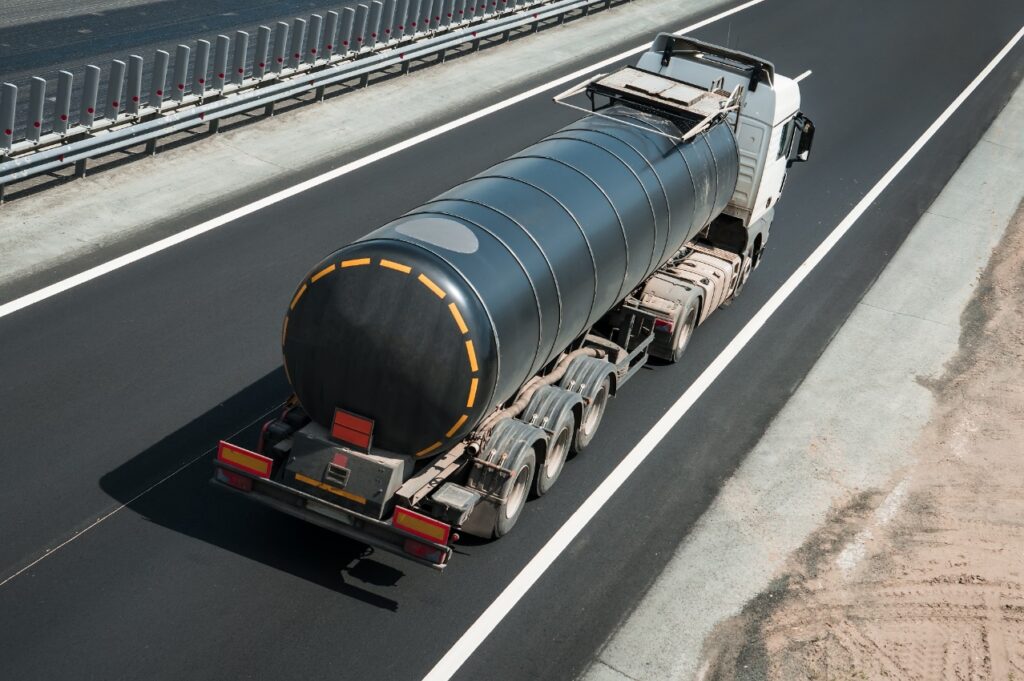
Pumps: They may or may not be installed, depending on the available space for mounting the discharge compressor. High-pressure bent-axis piston pumps are commonly installed to drive the hydraulic motor that will operate the discharge compressor.
Power take-offs: High-performance power take-offs are installed as they are subjected to long daily work cycles and high demands when operating compressors. In the case of fuel discharge, they will drive transfer pumps. Speed reducers can be installed in this latter case.
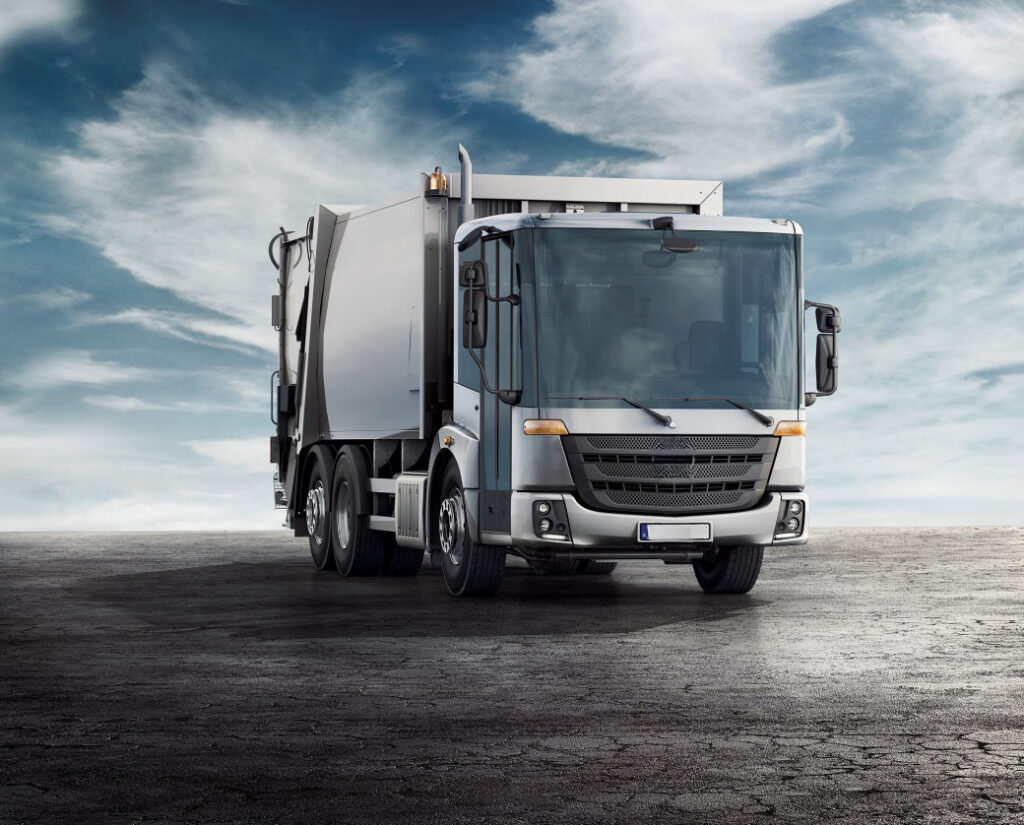
Pumps: Vane pumps are typically installed because they are quieter and allow for the installation of high-flow cartridges. It is common to install double or triple pumps to perform different maneuvers simultaneously.
Power take-offs: Due to the high flow rates of the pumps, it is recommended to install a high-performance power take-off.
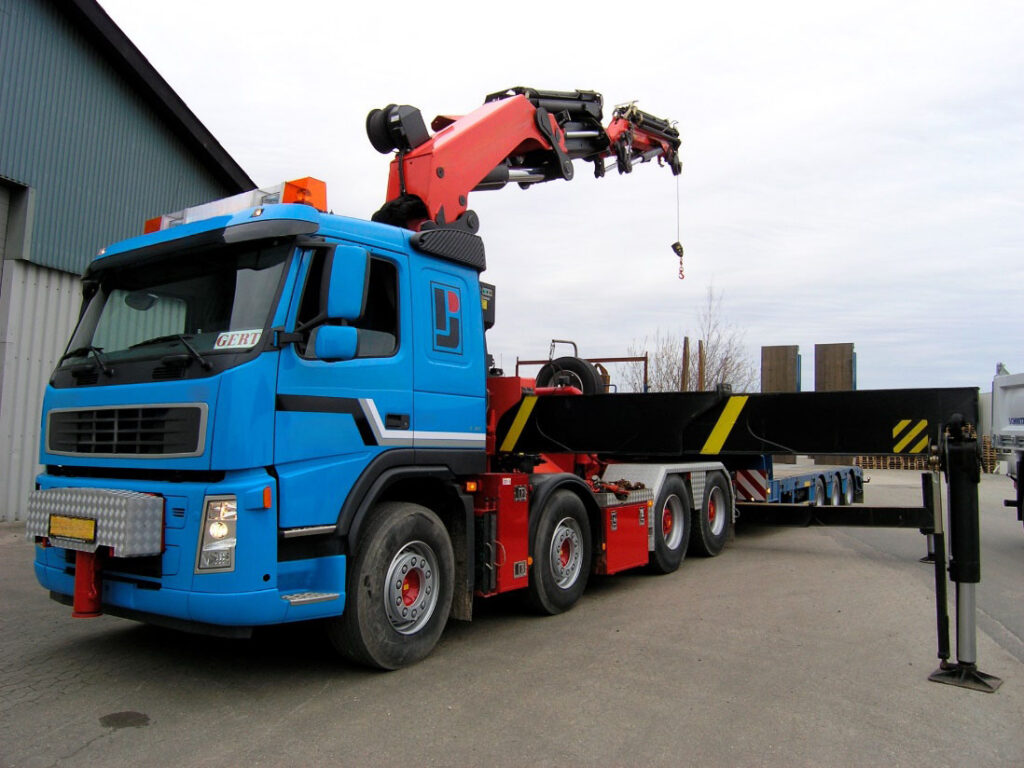
Pumps: Cranes operate at pressures of up to 330 bar. It is necessary to install a high-pressure FR bent-axis piston pump. It is also possible to install Load Sensing pumps or dual-flow pumps, depending on the crane model.
Power take-offs: High-performance power take-offs are required due to the torque requirements and long work cycles.
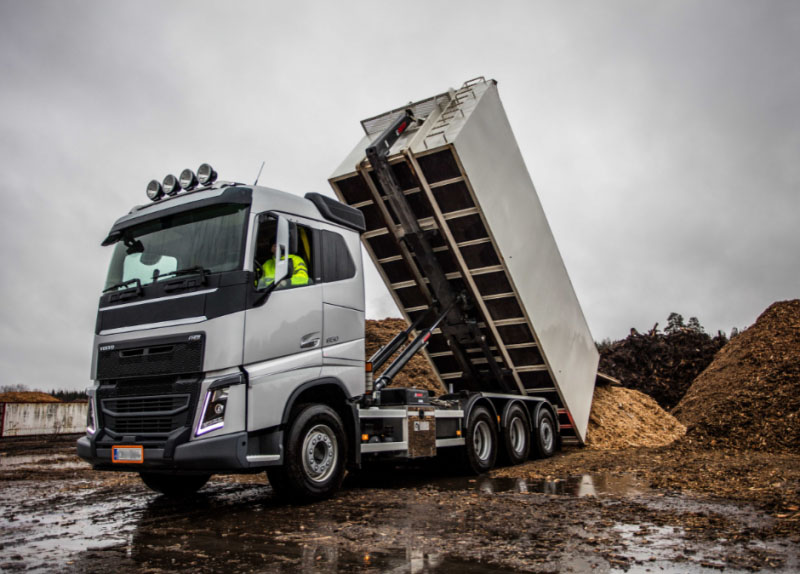
Pumps: High-pressure FR bent-axis piston pumps must be installed due to the high working pressures that these systems reach.
Power take-offs: The choice will depend on the pump’s flow rate and the system’s pressure.
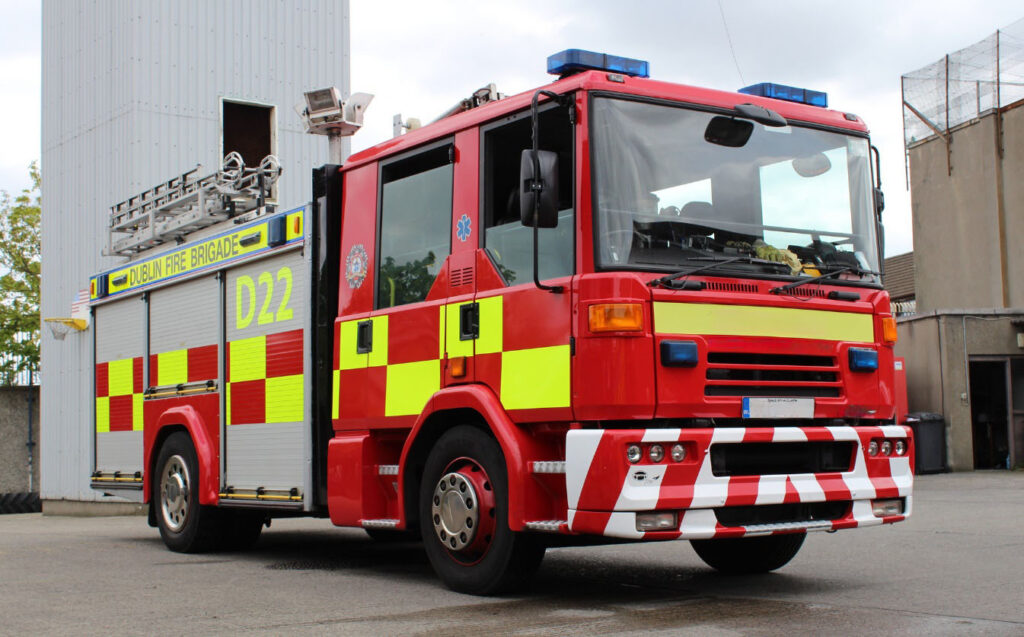
Power take-offs: This will depend on the power consumption of the water pump. It may not be possible to install a power take-off.
Multiplier gearbox: These are installed at the output of the power take-off to increase the water pump’s revolutions and thus achieve a higher flow rate.
Transfer box: If high power consumption is required, it is necessary to install a transfer box.
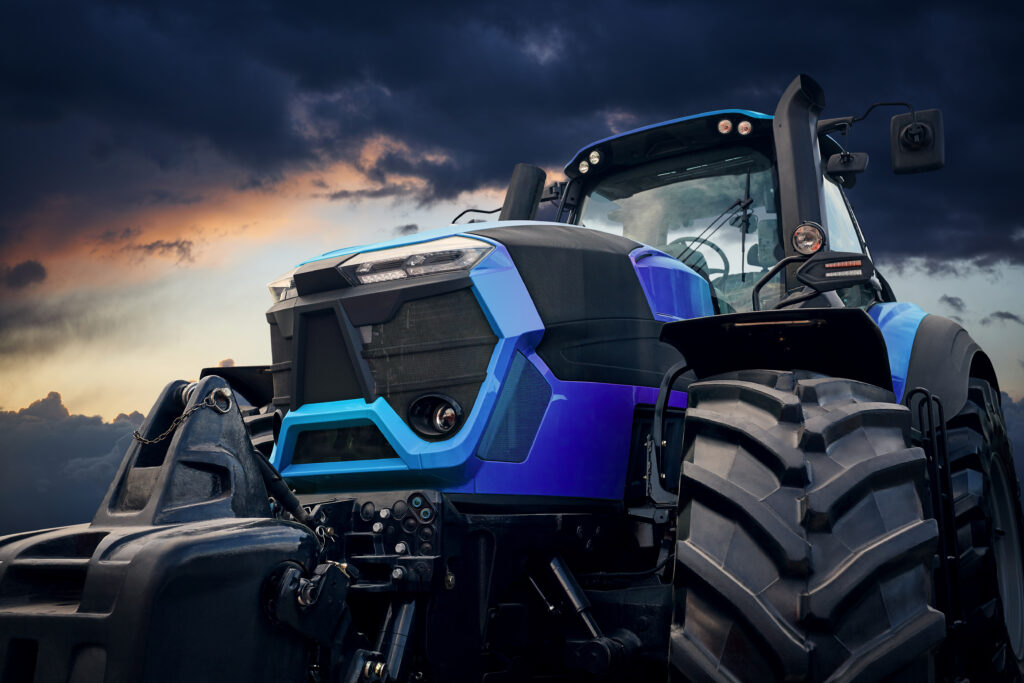
Tractor gearboxes: Multiplier gearboxes are installed to achieve a higher number of revolutions and to drive multiple applications simultaneously, such as pumps, transmissions, augers, etc.
Pumps: Vane pumps are typically installed for agricultural applications due to the high flow rates they can provide.
Hydraulic motor: Due to the high rotational speeds required, MH4D or MD4C vane motors are commonly installed.